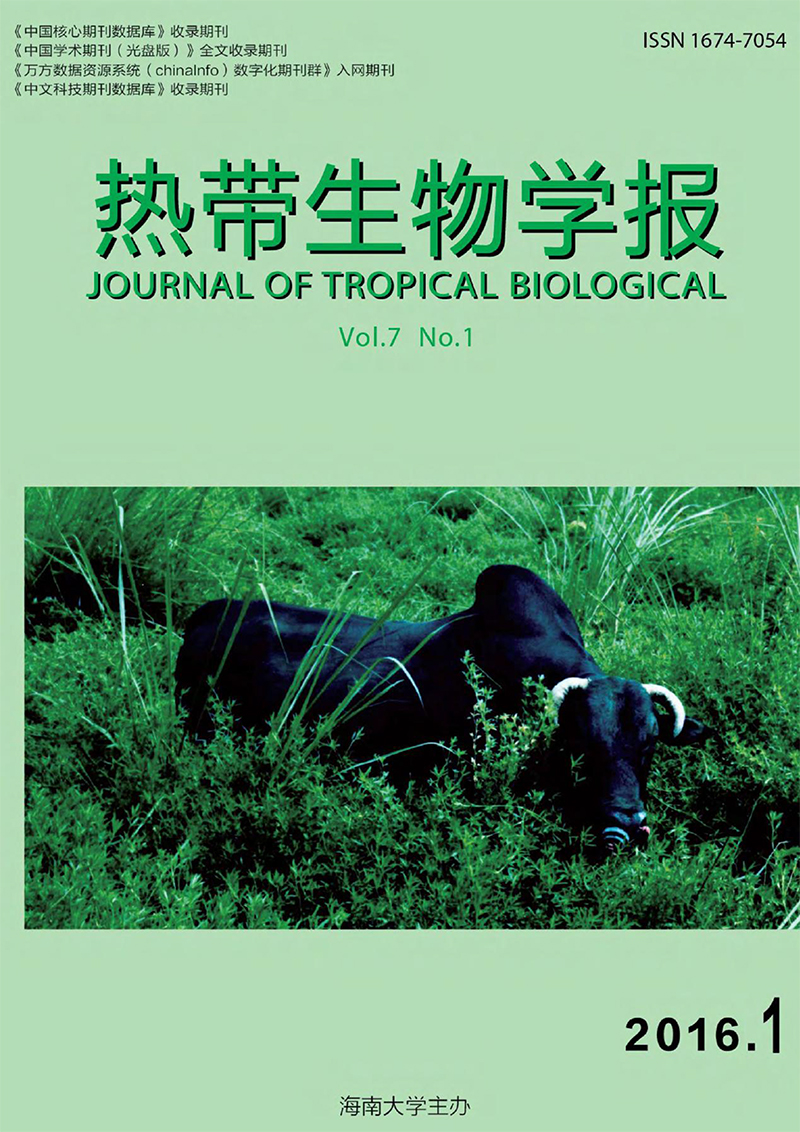The Effects of N,P Concentrations of Sea Water on the N,P Absorption by Betaphycus Gelatinum
doi: 10.15886/j.cnki.rdswxb.2016.01.005
- Received Date: 2015-05-04
-
Key words:
- Betaphycus gelatium /
- eutrophication /
- nitrogen /
- phosphorus /
- uptake rate
Abstract: Sea water and Betaphycus gelatinum were collected in algae fields of Changjiang,Qionghai and Wenchang,Hainan to determine the inorganic N,P content in both sea water and B. gelatinum. The correlationship of N and P content between the sea water and B. gelatinum was analyzed by using SPSS19 statistical software.The results showed that the seawater N and P contents in the algae fields were positively correlated with the N and P content of B. gelatinum,with the regression equation being y = 0. 053 3x- 0. 003,R2= 0. 922 5,P < 0. 05 for N content and y = 2. 966 3x + 0. 022 9,R2= 0. 846 2,P < 0. 05 for P content. B. gelatinum was then cultured under laboratory conditions in sea water at different concentrations of inorganic N and P( 5,10,15,20,25,30,35,40 μmol·L-1 to observe its absorption of inorganic N and P. The results show that B. gelatinum absorbed more inorganic N with the increase of seawater N concentration but the absorption decreased gradually when the seawater N concentration was higher than 40 μmol·L-1. B. gelatinum increased its absorption of inorganic P with the seawater P concentration,but the increase tended to be gentle when the seawater concentration was upto 1. 5 μmol·L-1. B. gelatinum absorbed inorganic N from seawater selectively,preferentially NH4-N,followed by NO3-N and NO2-N from the seawater of the same N concentration. Determination of the N and P content in B. gelatinum also showed that B. gelatinum could remove 15. 33 ton of N and 73. 33 ton of P per 1000 ton of algae from sea water in the algae fields.
| Citation: | LI Yang, DUAN Zelin, HUANG Bo, HUANG Xia, LI Jun, ZHAN Shaofen, WANG Yali, YU Shunan. The Effects of N,P Concentrations of Sea Water on the N,P Absorption by Betaphycus Gelatinum[J]. Journal of Tropical Biology, 2016, 7(1): 30-35. doi: 10.15886/j.cnki.rdswxb.2016.01.005 |






 DownLoad:
DownLoad: